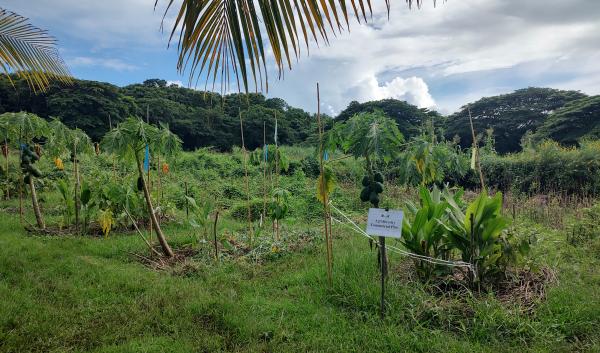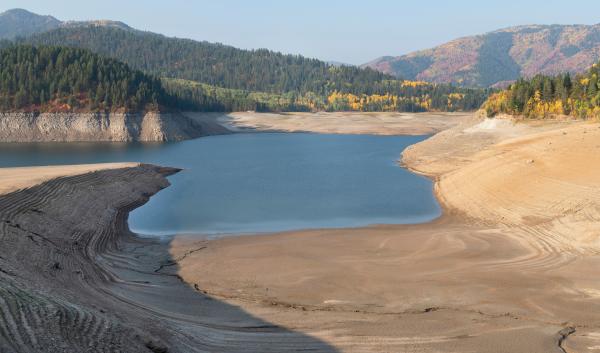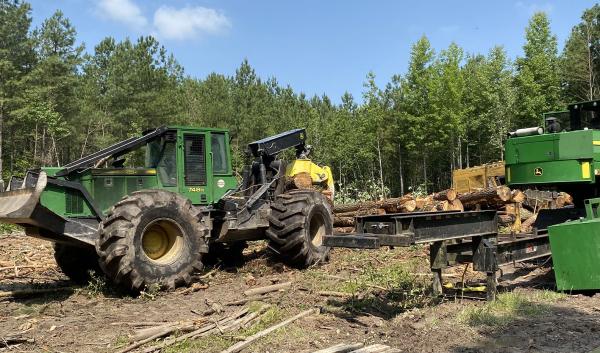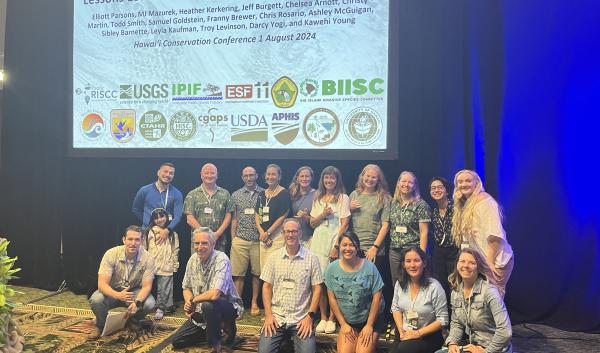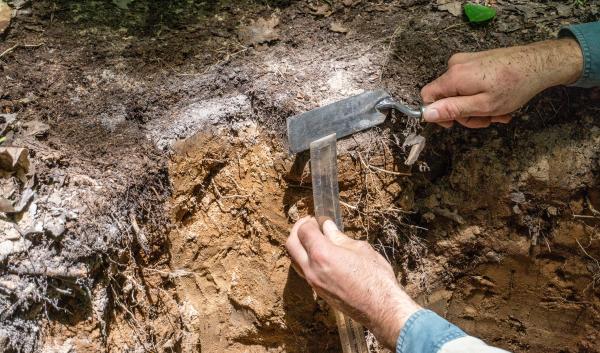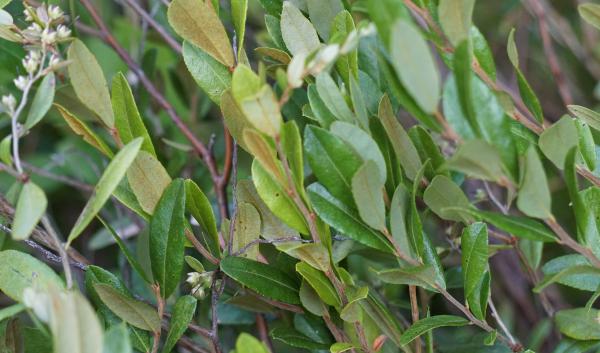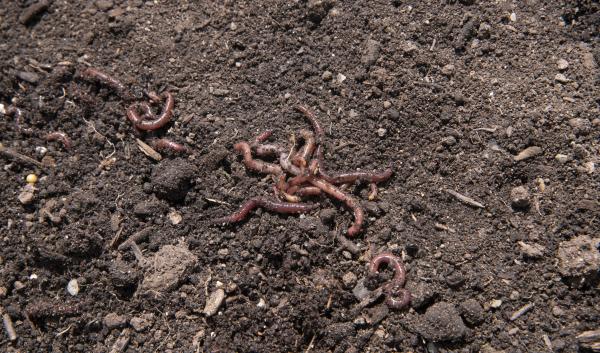Climate Vulnerabilities
Vulnerability assessments determine the effects of climate change on natural or human system. To understand system susceptibility, these assessments consider exposure, sensitivity, and capacity to adapt. The USDA Climate Hubs, as a science delivery and a listening and learning organization, continually assess aspects of climate vulnerability in forestry, agriculture, and rural communities. The Climate Hubs published a series of regional vulnerability assessments which provide a baseline “snapshot” of climate vulnerabilities, along with management strategies to increase the resilience of working lands. These assessments also identify opportunities to reduce emissions and increase carbon storage. The USDA Climate Hubs contribute to the National Climate Assessments that assess how climate change affects regions and sectors across the U.S., now and throughout this century.
-
Building Resilience Through Resource Management in Hawaiʻi & US Pacific Islands
There is a shared commitment to addressing complex challenges in the Pacific through collaboration and knowledge…
-
Drought and Climate Change in Idaho, Oregon, and Washington
Climate change could cause droughts to last longer, affect wider areas, and become more severe in the Northwest.
-
Snow Drought in the Northwest
Snow droughts have become longer and more intense in the Northwest since 1980, a trend which will likely continue with…
-
Climate Change Considerations for Forest Operations in Northern Forests
Climate change is altering current weather patterns and may complicate forest operations. This guide presents climate…
-
Sharing Lessons Learned about Climate-Related Disasters in the Pacific to Increase Resilience in Hawaiʻi
Severe tropical cyclones, intensified by climate change, present significant challenges for managing invasive species…
-
The Future of Winegrapes in California
As California viticulture faces the growing threat of climate change, winegrape producers will increasingly need…
-
Climate and Management Effects on Soil Organic Carbon in Temperate Managed Ecosystems
Protecting soil carbon is crucial for effective carbon management, as reversing losses is slow and difficult. This…
-
Carbon in Non-Forested Wetlands of the Midwest and Eastern United States
Although wetlands make up a small percentage of total land area in the United States, they store a disproportionate…
-
Non-Native Invasive Earthworms in the Midwest and Eastern United States
Non-native invasive earthworms can significantly disrupt natural ecosystems. This resource explores the various effects…


